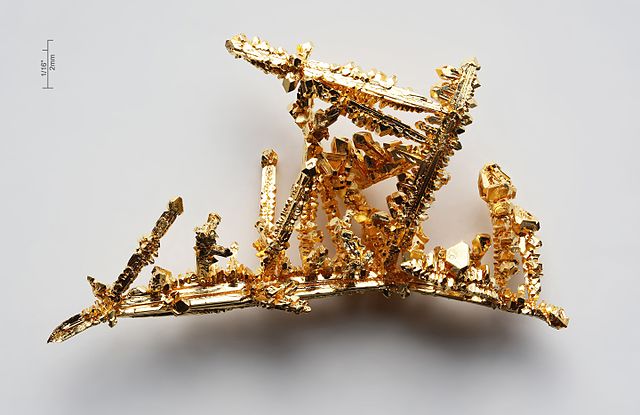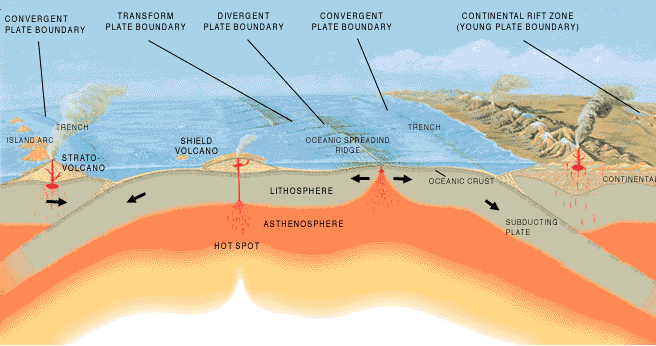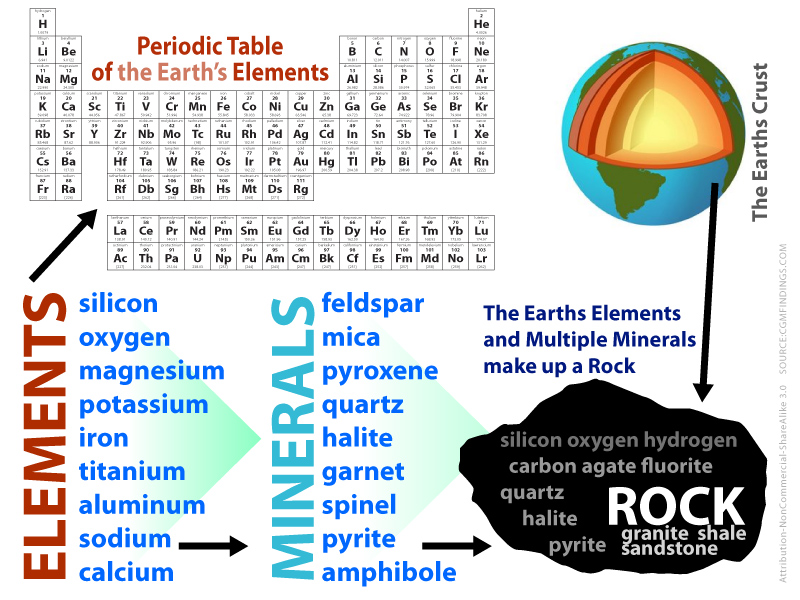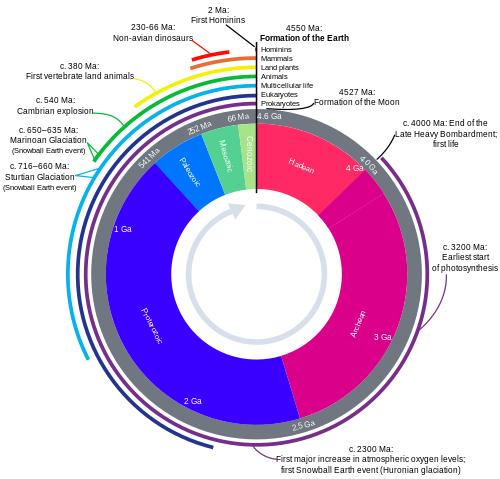 Rocks sure are interesting. At least millions of people around the world think so. Also thousands of people who still today attend The Tucson Gem, Mineral & Fossil Showcase every year where tons of rocks and minerals get put on display covering an entire city.
Rocks sure are interesting. At least millions of people around the world think so. Also thousands of people who still today attend The Tucson Gem, Mineral & Fossil Showcase every year where tons of rocks and minerals get put on display covering an entire city.
Since our known Prehistoric Period before 4 century B.C. people have been fascinated by rocks and minerals using them for tools, hunting, structures, jewelry ornaments, and been intrigued.

During the Neolithic Age, beginning about 10,200 years ago, we have found flint tools and jade tools.
In the early Bronze Age was the smelting of mineral ores to extract metal such as copper, gold and silver.
In the Book of Exodus 28:17-20 it cites decorative stones in the Bible.
The iconic gold burial mask of Tutankhamen, has inlays of turquoise, lapis lazuli, carnelian and colored glass.
So what are these Rocks?
Rocks are geologically classified according to characteristics such as mineral and chemical composition, permeability, the texture of the constituent particles, and particle size. These physical properties, or elements, are the end result of the processes that formed the rocks.
At the base of all minerals and rocks are the earth’s elements. Elements are fundamental forms of matter which cannot be broken down into simpler substances by ordinary chemical processes. That’s why elements are considered the building blocks of our earth.
At a granular level, rocks are composed of grains of minerals, which, in turn, are homogeneous solids formed from a chemical compound that is arranged in an orderly manner. The aggregate minerals forming the rock are held together by chemical bonds. The types and abundance of minerals in a rock are determined by the manner in which the rock was formed. Many rocks contain silica (SiO2); a compound of silicon and oxygen that forms 74.3% of the Earth’s crust. This material forms crystals with other compounds in the rock. The proportion of silica in rocks and minerals is a major factor in determining their name and properties.

Only about ten elements are very abundant and these combine to form about 99 percent of the solid matter of the Earth. The most abundant elements in the Earth’s crust, in order of weight percent are oxygen, silicon, aluminum, iron, calcium, sodium, potassium, magnesium, hydrogen, titanium, and all other elements.
In early days, the chemical elements were discovered in identified minerals and with the help of the identified elements the mineral crystal structure could be described. Nowadays, non-destructive electron microprobe analysis is used to get the empirical formula of a mineral. There are only a few thousand mineral species and 83 geochemically[1] stable chemical elements combine to form them.
The overview of the organic bonds by Kekulé was necessary to understand the silicates, first refinements described by Bragg and Machatschki; and it was only possibly to understand a crystal structure with Dalton’s atomic theory and Goldschmidt’s explanations.
So what’s the simple explanation?
Elements:
Elements are atoms, the smallest piece that we can split matter into (except for subatomic particles and other things that we’ll leave to the physicists). These are the core natural elements we find on Earth. Different elements have different properties. So Elements are the molecular breakdown of the Earths atoms and molecules. What makes up the Earth on a molecular level.

Minerals:
So if the Earth’s Elements are a molecular breakdown of the Earth. Elements often are stacked together with other elements to form minerals. Minerals are simply a collection of one or more elements that are stacked neatly together in a form called a crystal structure.
Rocks:
Rocks are a composed of one or more minerals. A rock can be made up of only one mineral or a rock can be made up of a number of different minerals.
So, minerals are composed of one or more of the Earth’s elements and rocks can be composed of one or more minerals.
So what are some Fascinating Facts about Rocks?
Why would anyone be fascinated about Rocks? Well, people have good reason to. Rocks are the core of everything. Created from the Universe. They build up the Planet, the Earth’s crust, and have some of the same basic breakdowns we ourselves are built upon – like iron we have in our blood that builds up our body.
Not only that. Let’s cover some of the little know elements that exist to give you just a hint.
Cinnabar, which is composed of Mercury, (pictured above right), is a red quartz-like mineral that has a higher light refraction than a diamond but yet is so toxic it causes shaking, loss of sense, and death.
 Pyrite, as shown to the right, enjoyed brief popularity in the 16th and 17th centuries as a source of ignition in early firearms, most notably the wheel lock, where the cock held a lump of pyrite against a circular file to strike the sparks needed to fire the gun. It’s crystallographic structure is cubic.
Pyrite, as shown to the right, enjoyed brief popularity in the 16th and 17th centuries as a source of ignition in early firearms, most notably the wheel lock, where the cock held a lump of pyrite against a circular file to strike the sparks needed to fire the gun. It’s crystallographic structure is cubic.
Minerals with phosphorescence can glow for a brief time after the light source is turned off. Minerals that are sometimes phosphorescent include: calcite, celestite, colemanite, fluorite, sphalerite, and willemite. Thermoluminescence is the ability of a mineral to emit a small amount of light upon being heated.
Below is a picture of Fluorescence and birefringence of 445 nm laser in calcite crystal.
Calcite fluoresces blue under short wave. Calcite fluoresces pink under long wave.
That’s right, glowing rocks.

Are you starting to get just a small idea of why minerals and rocks are so interesting to people?
Convinced just how amazing geology is?
Well, the next time your looking for interesting reading material, maybe the answers have been sitting in front of you for over the 4.54 billion years.
Earth formed around 4.54 billion years ago by accretion from the solar nebula. Volcanic outgassing probably created the primordial atmosphere and then the ocean; but the atmosphere contained almost no oxygen and so would have been toxic to most modern life including humans. Much of the Earth was molten because of frequent collisions with other bodies which led to extreme volcanism. A “giant impact” collision with a planet-sized body is thought to have been responsible for forming the Moon. Over time, the Earth cooled, causing the formation of a solid crust, and allowing liquid water to exist on the surface.
Starting to get the picture?

1. ge·o·chem·is·try (jē′ō-kĕm′ĭ-strē)
n.
The chemistry of the composition and alterations of the solid matter of the earth or a celestial body.
For fun filled inspiration and design ideas with jewelry history – follow us at cgmfindings.tumblr.com
You can find lots of jewelry design ideas for creativity.
You Might Like a few of our other Articles:
DIY Jewelry Making Packaging Ideas
Modernist Jewelry Design in the 1940’s and 1950’s
Master Jewelry Designer Makes Things Timeless
10 Tips on buying jewelry supplies
Jewelry design fun with Tumblr
More Jewelry Making Tutorials & Helpful Hints
Photographing Jewelry the Easy Inexpensive Way
CGM Findings
Latest posts by CGM Findings (see all)
- Interesting Rocks and Minerals - September 19, 2016
- What Makes Rocks so Interesting? - September 19, 2016
- Helpful Tips for The Tucson Gem Show - January 20, 2015
CGM Findings
Latest posts by CGM Findings (see all)
- Interesting Rocks and Minerals - September 19, 2016
- What Makes Rocks so Interesting? - September 19, 2016
- Helpful Tips for The Tucson Gem Show - January 20, 2015
